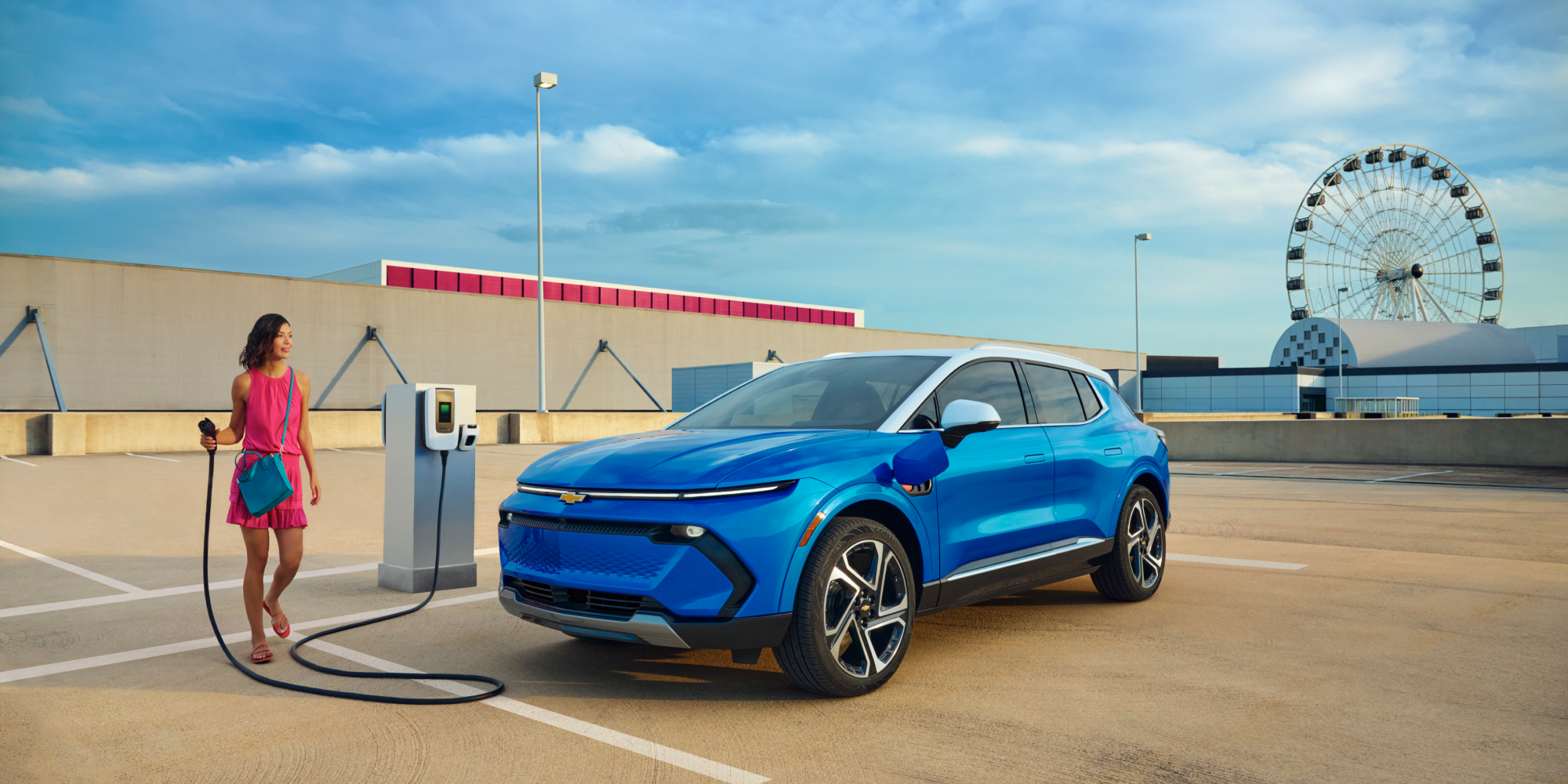
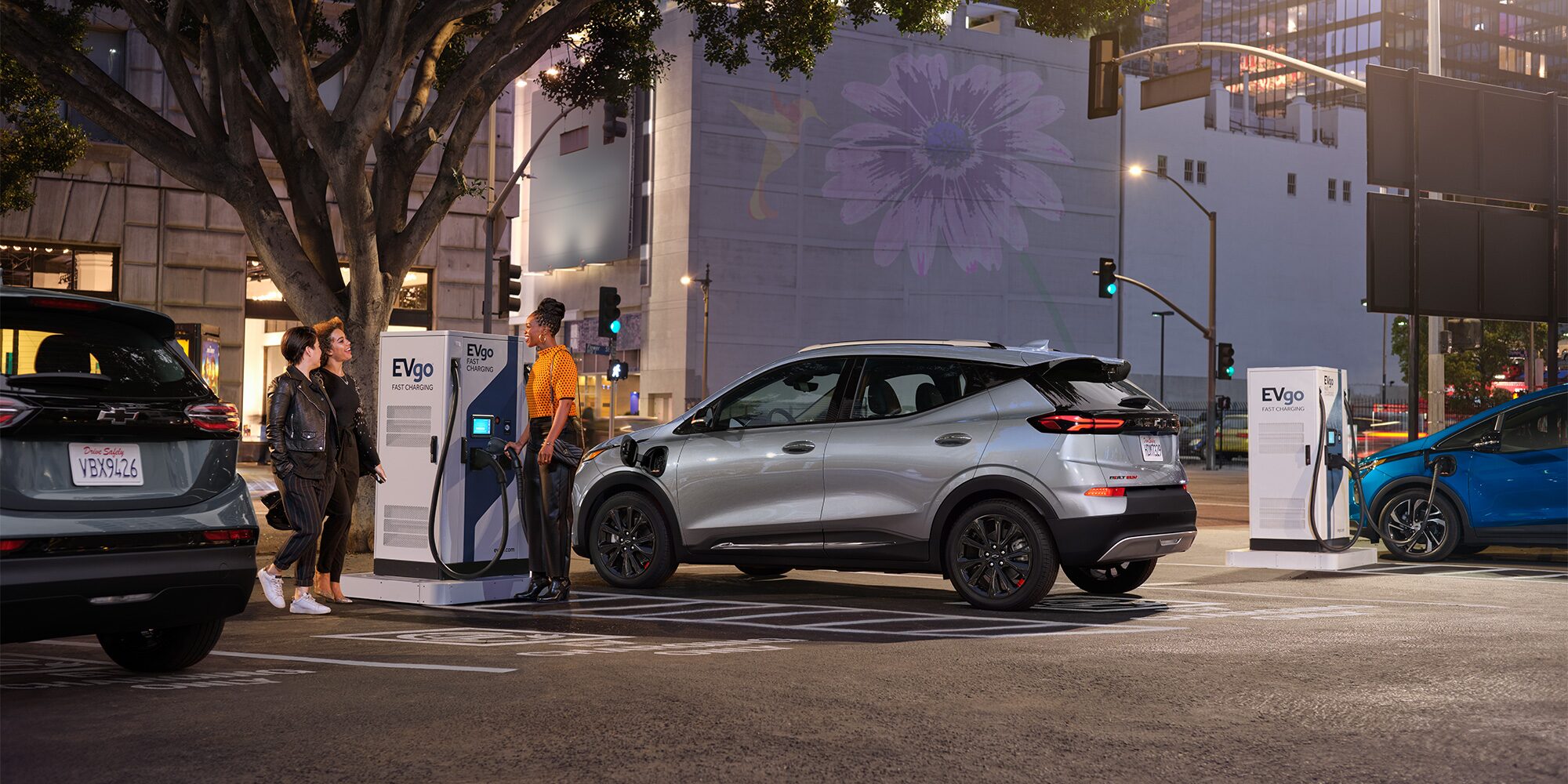
Federal Tax Credit for Electric Vehicles
Exciting times are upon us as we steer into the clean energy future! The year 2024 brings with it enhanced federal tax credits for electric vehicles (EVs), empowering you to make a positive impact on the environment while enjoying significant savings. Ready to electrify your commute? Let's plug into the details!
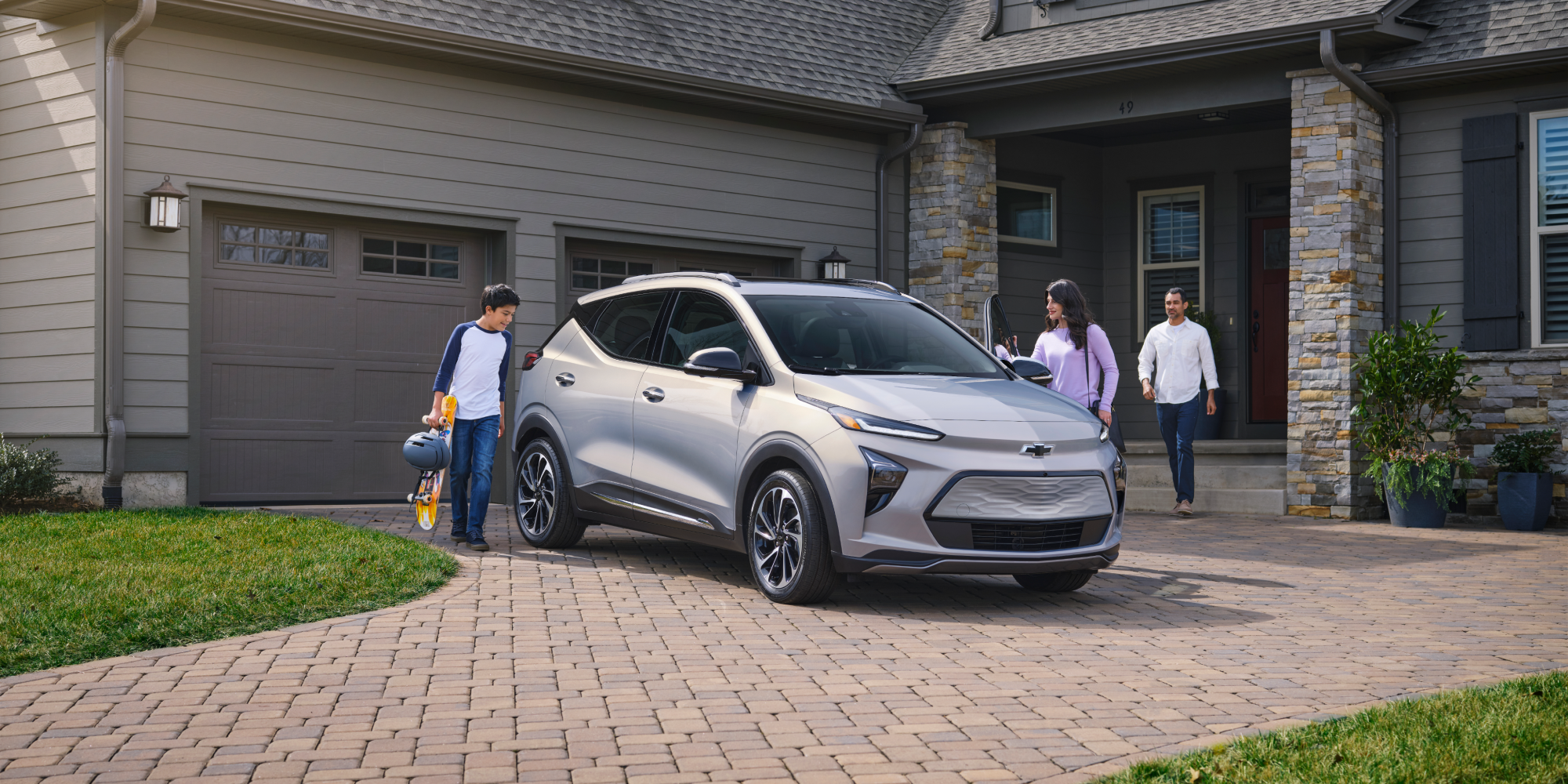
Your Guide to Going Green and Saving Big
Adopting an eco-friendly lifestyle has never been more rewarding! With the latest federal EV tax credits, you can go green and keep more green in your pocket. These incentives are designed to make electric vehicles accessible and affordable, ensuring you can be a part of the sustainability movement without breaking the bank. Get ready to charge up your knowledge on how these credits can lead to huge savings and a smaller carbon footprint!
Assessing If You Qualify for EV Tax Credits
Determining whether you're eligible for EV tax credits isn't as complex as it might seem. First off, the vehicle you're eyeing needs to be an electric or plug-in hybrid with a battery capacity of 5 kWh or more, and it must be purchased new. Additionally, it should be primarily used within the United States. To get the full scoop on specific credits, the manufacturer must not have sold over 200,000 qualifying vehicles, so be sure to check this out. Remember, these incentives are not one-size-fits-all and will soon be VIN-specific in 2024. Stay plugged into the latest information to ensure you're on the right track to green savings!
Income Limits and Other Requirements for Savings
When it comes to qualifying for EV tax credits, your income plays a pivotal role. The thresholds set are clear: $300,000 for married couples filing jointly, $225,000 for heads of households, and $150,000 for other filers. But, don't jump to conclusions based on your salary alone. You'll need to consider your Modified Adjusted Gross Income (MAGI) — take a peek at Line 11 on your 1040 form, as this is the figure that truly counts.
Pro tip: if you contribute to a 401(k) or similar plans, it could bring your MAGI below the set income limits, even if your salary suggests otherwise. As for what else is required, you must buy the vehicle for personal use and within the U.S. borders. These requirements are steadfast, so cross-checking these can mean the difference between snagging those savings or missing out.
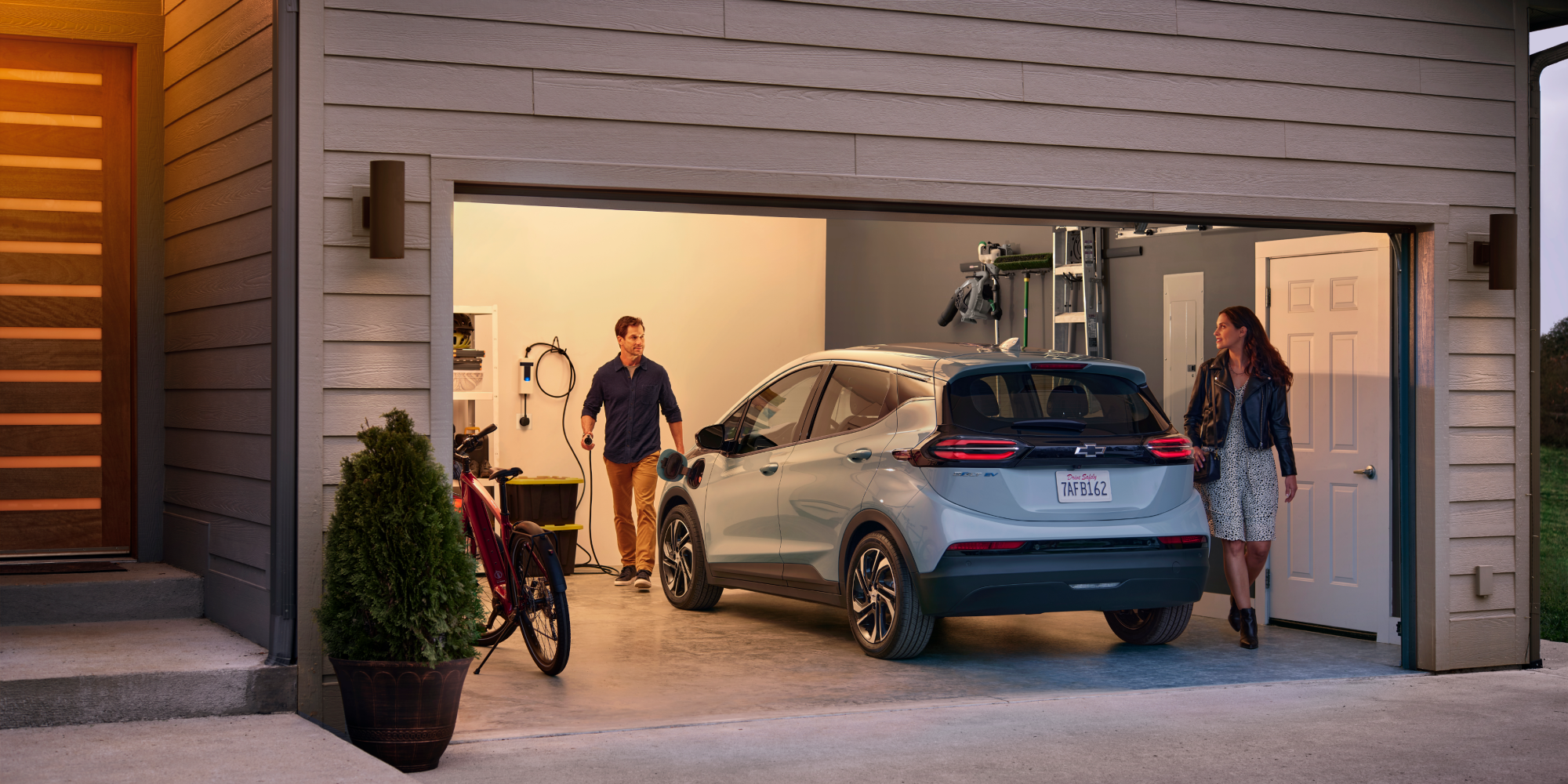
Navigating the List of Qualified Vehicles
Zooming into the fast lane of EV ownership means knowing which cars will earn you that much-coveted tax credit. It's a changing landscape, with the list of qualified vehicles varying yearly. Manufacturers are quickly adjusting to the new rules to get back on the eligibility track, so keep an eye on those updates!
How Price Caps Influence Your Tax Credit Potential
The road to EV tax credits also involves a crucial pit stop at the price cap station. The cap, an upper price limit set for eligible vehicles, means that not every EV will make the cut for tax credits, no matter their energy efficiency. These caps are structured to ensure the credits are available mainly for moderately priced vehicles, thus serving a wide array of consumers. New EVs should respect a price cap to qualify for the tax relief, putting luxury models on the high-end of the market in the rearview mirror for many shoppers seeking credits. Always check these price caps as you shop — they're pivotal in determining how much credit you can steer back into your wallet.
Important Requirements
Final Assembly Requirement
It is mandatory for the automobile to be assembled finally within the confines of North America.
The automobile's window label provides details such as the weight of the vehicle, the capacity of the battery, the location of the final assembly (indicated as the "final assembly point"), and the Vehicle Identification Number (VIN).
For verification purposes to ascertain whether a particular automobile conforms to the final assembly location criteria, visit the Department of Energy's section concerning Electric Vehicles with Final Assembly in North America and use the VIN Decoder feature found under the "Specific Assembly Location Based on VIN" section.
Critical Minerals and Battery Component Requirements
Vehicles that are placed into service (received by the customer) starting from April 18, 2023, will see their credit value determined by compliance with essential minerals procurement and/or sourcing of battery components. If a vehicle satisfies both procurement criteria, it could qualify for the maximum credit of $7,500, whereas a vehicle that fulfills only one of the criteria might be eligible for a reduced credit of $3,750. However, vehicles that do not meet either of the sourcing requirements will not qualify for any credit.
In certain cases, it will be necessary to consult with your dealership to ascertain the specific vehicle's eligibility and the potential amount of credit.
The recommended retail price set by the vehicle's manufacturer must not surpass:
- $80,000 for vehicles classified as vans, SUVs, and pickups
- $55,000 for all other types of vehicles
The MSRP represents the initial price proposed by the vehicle maker, combined with the proposed retail price for any added accessories or optional features installed on the vehicle before it's handed over to the dealership. This figure does not encompass charges for delivery, the price for optional extras installed by the dealer, or any taxes and fees. Furthermore, incentives provided by the manufacturer or dealer and the value of trade-ins do not influence the MSRP.
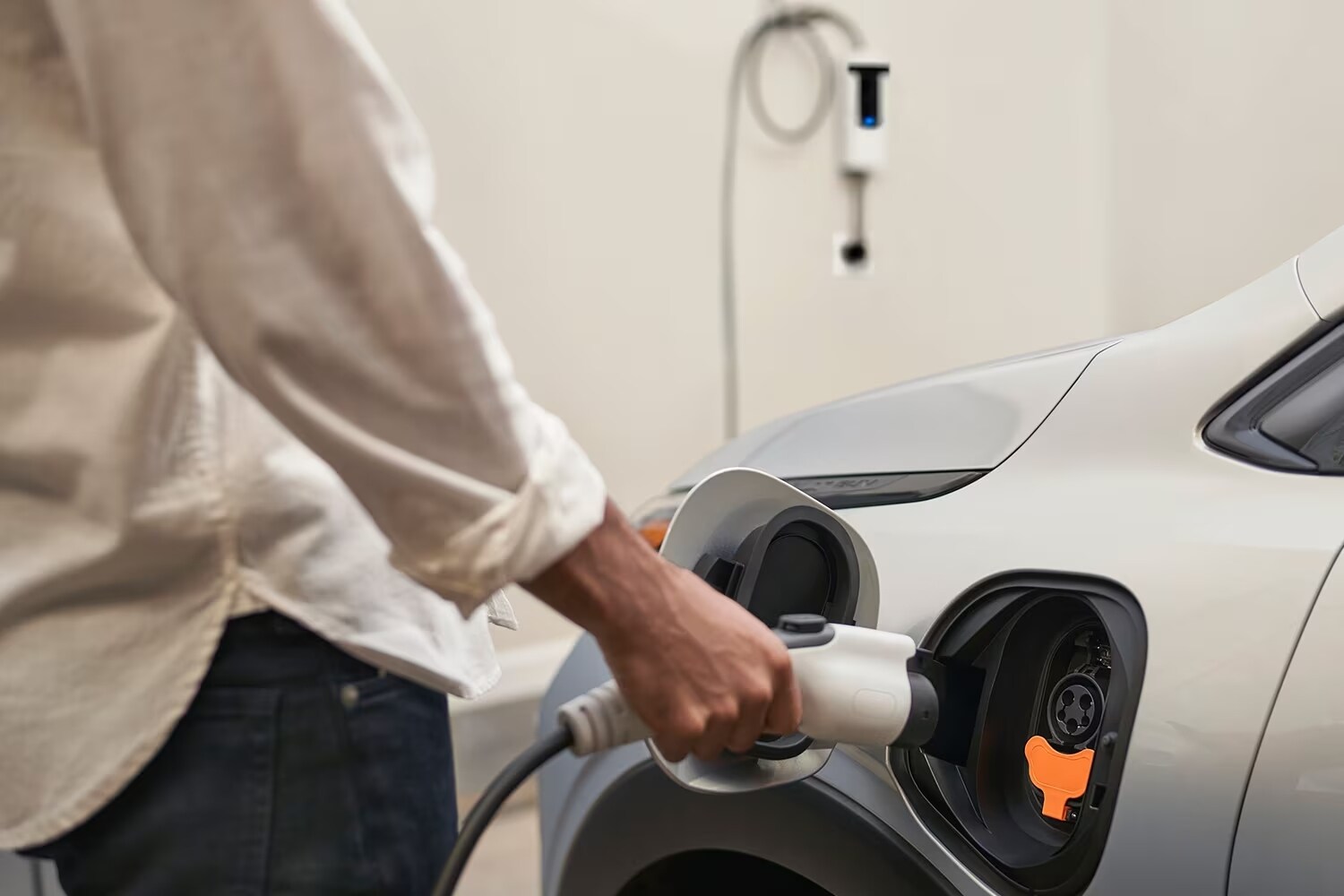
From Purchase to Tax Time: A Step-by-Step Guide
The journey from purchasing your new electric ride to claiming your tax credit is a road trip with several milestones. Here's your roadmap:
1. Purchase an Eligible Vehicle: Make sure the EV you're interested in is on the qualified list and adhere to the price cap restrictions.
2. Obtain Documentation: Retain all pertinent paperwork including sales receipts and the Manufacturer's Certification Statement that confirms your vehicle's eligibility for the credit.
3. Confirm with the Dealer: Ensure the dealer is registered with the IRS. They will usually handle the immediacy of the credit, showing it as a discount or cash back at the time of sale. Get copies of the bill of sale and IRS confirmation for your records.
4. File Your Taxes: Keep in mind that you need to file the credit paperwork with your tax return. Keep precise records; incorrect filings can lead to repayments if your circumstances change mid-year.
5. Monitor Adjustments: Be vigilant about any subsequent IRS guidance that might affect your situation, especially if you're pushing the income limit thresholds.
Remember, EV ownership is a path that requires both environmental consciousness and financial savvy. Navigate it well, and you'll be leading the charge towards a cleaner future and fiscal benefits!
Leasing vs. Owning: What Affects Your Credit?
Leasing or owning an EV affects your tax credit eligibility quite differently. When you lease, the tax credit transfers to the leasing company, as they're the official owners of the vehicle. They often apply the credit value to reduce your lease payments, translating to upfront savings for you.
However, when you purchase an EV, the tax credit is all yours, assuming you're eligible. With ownership, you'll claim the credit while filing your taxes, not at the vehicle's point of purchase.
Keep in mind, leasing can come with mileage caps and you won't own the vehicle at the end of the term. Owning means the car is yours once the payments are done. Each option has its pros and cons, so weigh them carefully to see which route drives your finances and lifestyle forward the best.

State Incentives That Sweeten the Deal
Beyond the federal landscape, diving into your local incentives can be like unlocking a treasure chest of discounts and perks. For example, In some states, the driver might cruise into carpool lanes with a special access sticker, while in some, they can stack up to $2,000 in state rebates on top of federal credits.
Keep in mind that some states prohibit "double-dipping" into both federal and state incentives, so read the fine print before cashing in on that green. It's crucial to check your state's Department of Motor Vehicles or alternative energy programs for the complete list of incentives— EV rebates, tax credits, grants for home charger installations, or utility rate reductions are all on the table.
Circle back often as these incentives can rev up or wind down depending on legislation changes. With the right mix of federal and state incentives, you could be on the highway to high savings in no time!
The Future of EVs: More Than Just Tax Savings
Eyes on the horizon—electric vehicles offer a shimmering future beyond just tax savings. With more manufacturers shifting to electrification, a broader range of EV models, from sedans to trucks, are set to energize the market, offering something for every driver.
The growth of public charging stations is also accelerating, making road trips and longer commutes more feasible. These advancements, coupled with innovations in battery technology, promise extended range and reduced charging times—keys to mainstream adoption.
Remember, investing in an EV is not just about financial incentives; it's a stake in a cleaner, sustainable future where transportation harmonizes with the environment. So, when you consider joining the electric revolution, think of the long-term impact not only on your savings but also on the planet!
Who Qualifies For The 2024 Federal EV Tax Credit?
In 2024, the federal EV tax credit goes to individuals who purchase a new, qualified electric vehicle, provided their modified adjusted gross income (MAGI) doesn't exceed $150,000 for single filers, $225,000 for heads of households, or $300,000 for joint filers. Remember, the vehicle has to be for personal use and meet specific requirements regarding battery capacity and manufacturing.
Which Vehicles Are Eligible for the EV Tax Credit in 2024?
The eligibility list for EV tax credits in 2024 is a carefully curated catalog continuously updated by the IRS. To find the freshest lineup, vehicles must meet criteria like
- Possess a minimum energy storage capability of 7 kWh
- Feature a total vehicle weight limit not exceeding 14,000 pounds
- Be produced by an authorized automotive maker.
- It's important to mention that for eligibility, fuel cell automobiles are not required to originate from an authorized maker.
Can I Still Get a Credit If I Lease an EV?
Yes, when you lease an EV, the tax credit applies to the leasing company, but they often pass the savings to you, reflecting in lower lease payments. However, the credit isn't directly attributed to leaseholders, and terms can vary. It's essential to confirm that the lease contract reflects the credit as a discount or rebate for you.
How Do I Actually Claim My EV Tax Credit?
To claim your EV tax credit, follow these electric steps: when you file your federal income tax return, complete and attach Form 8936, Qualified Plug-in Electric Drive Motor Vehicle Credit. You'll need to provide key details such as your vehicle's make, model, VIN, and the date of purchase. Ensure you have the proper documentation from your vehicle purchase to back up your claim. Get the wheels rolling at tax time, and you'll cross the finish line with potential savings!
What Incentives Does the Commercial Electric Vehicle Charging Station Incentive Program Provide?
The Commercial Electric Vehicle Charging Station Incentive Program offers a range of financial benefits tailored to help businesses install and maintain charging infrastructure. This initiative provides:
- Funding for Hardware:Financial assistance to cover the cost of purchasing electric vehicle charging hardware.
- Network Services Support:Payments towards the costs associated with connecting and operating charging stations on a network.
- Direct Current Fast Charging (DCFC) Incentives:Specific incentives aimed at implementing DCFC stations, which enable quicker charging times.
By participating in this program, businesses can significantly reduce the upfront and ongoing costs of setting up electric vehicle charging stations.